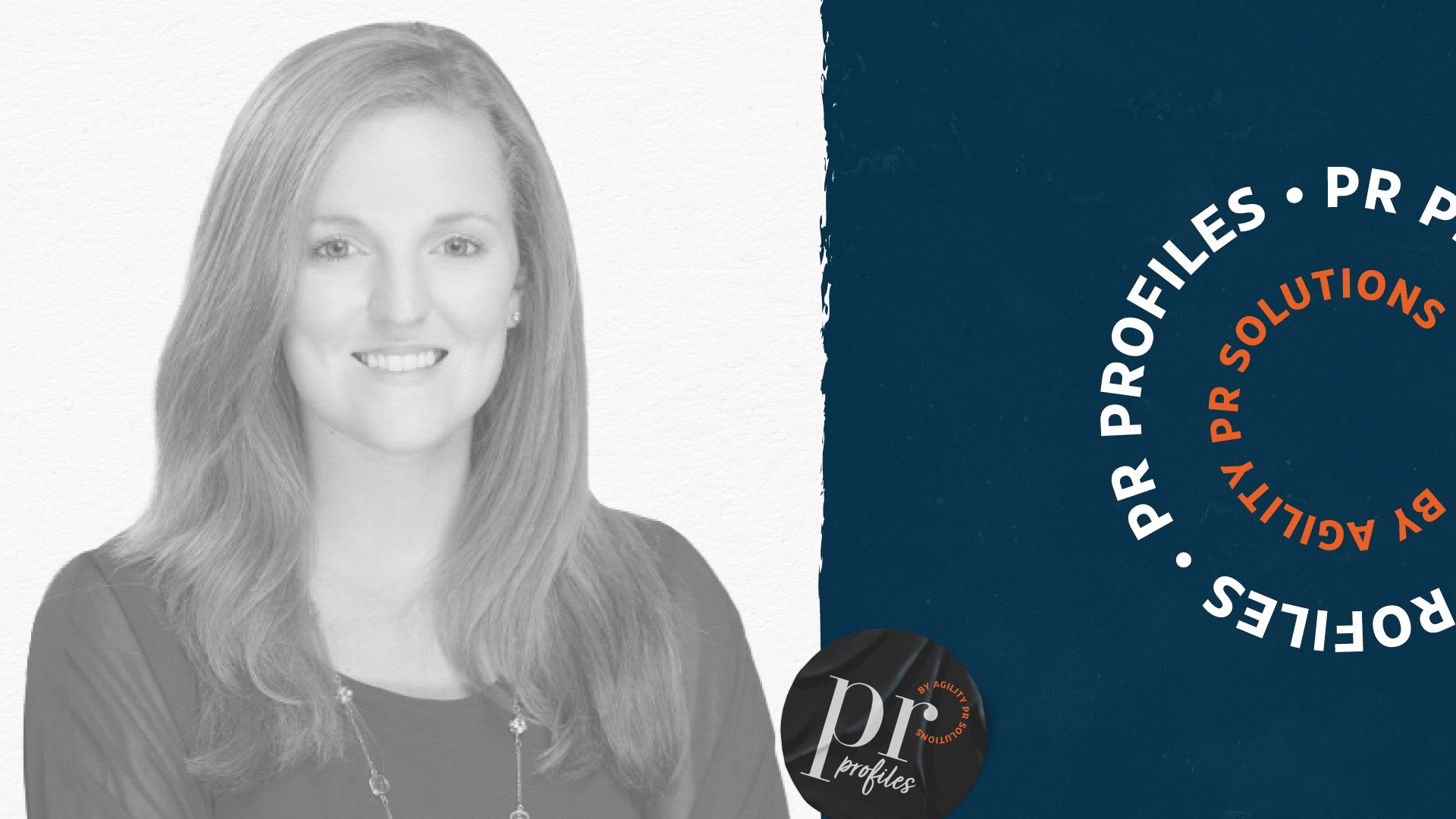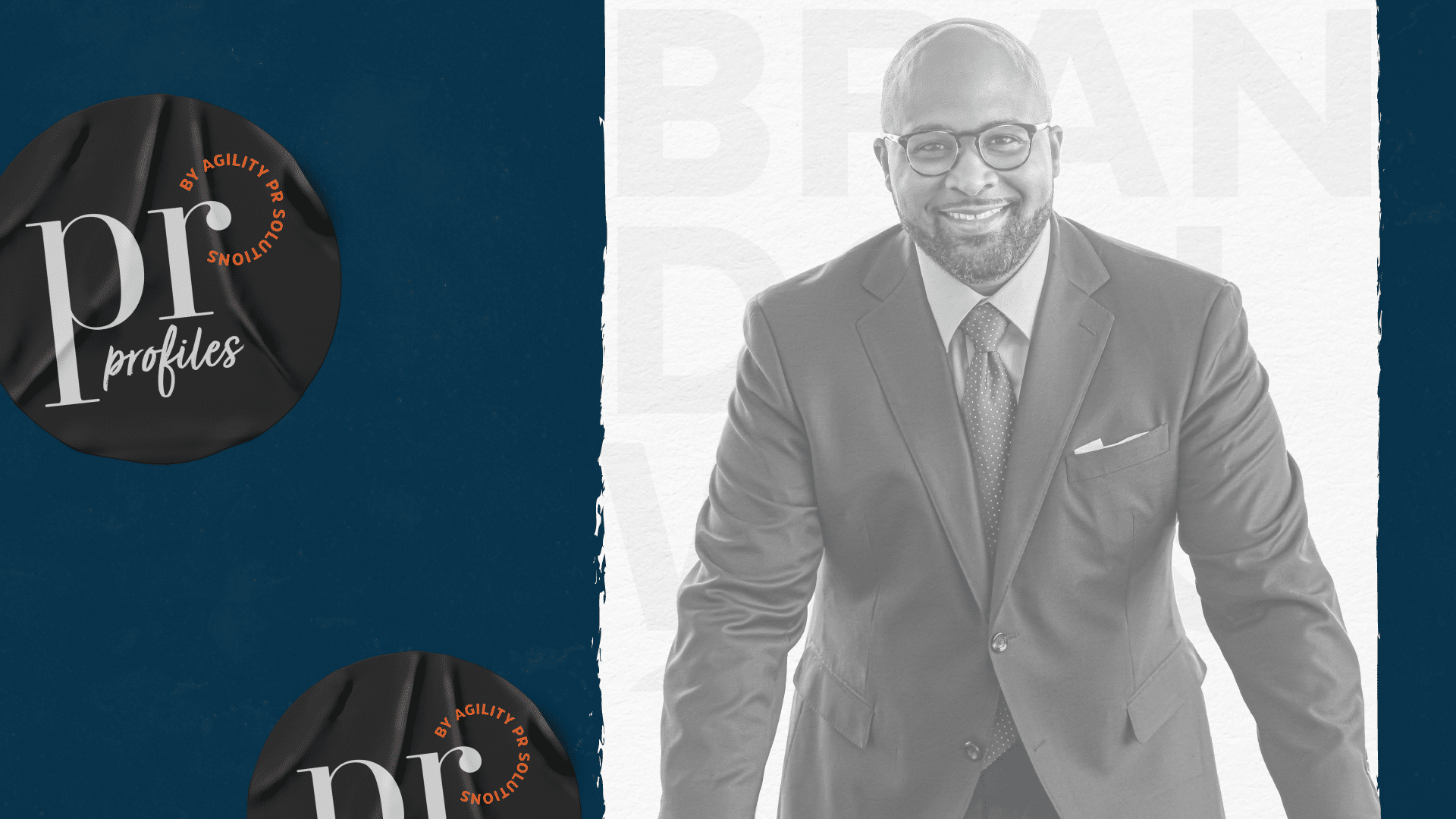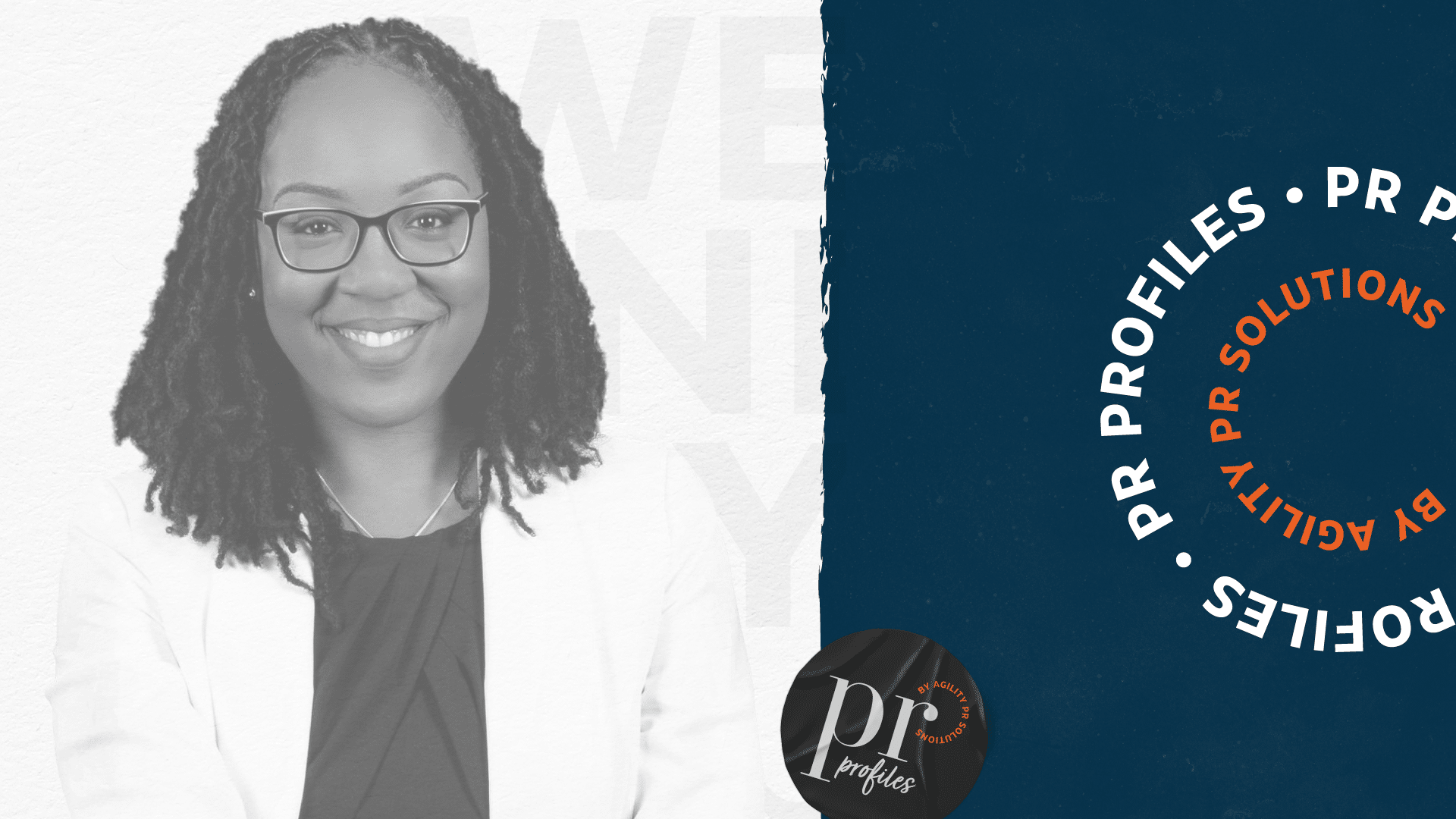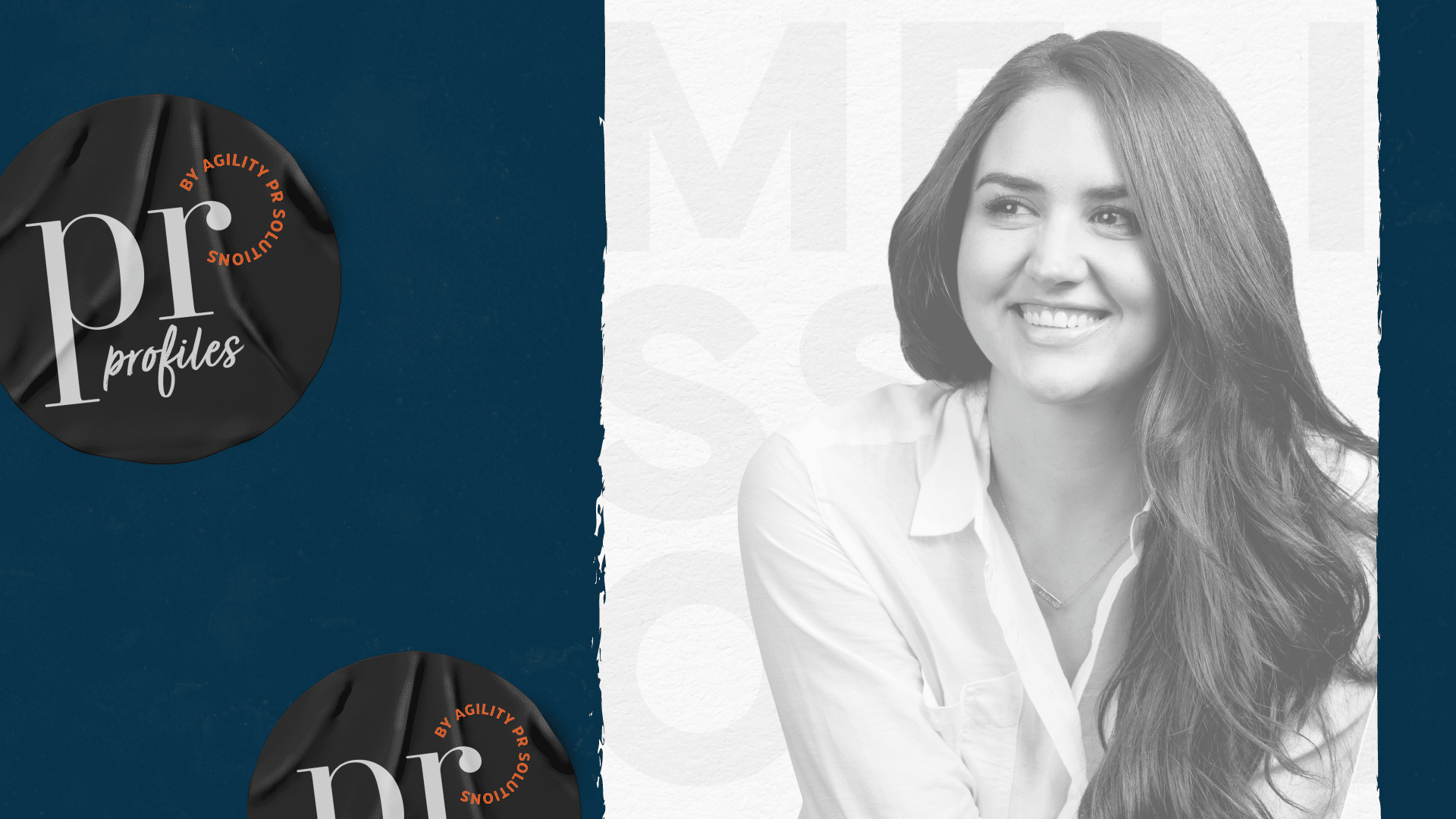In the past, brands survived as faceless entities whose sole focus was pushing out products to consumers. However, the modern business environment has gradually transitioned to a new order where consumers want a human touch in brands. The Covid-19 pandemic further accelerated the shift, making diversity, equity, and inclusion a priority worldwide.
As a result of this shift, brands have been realigning their messaging and commitment in this direction. As we head into 2023, more brands are focusing on mission and value-based storytelling to tug at their customers’ heartstrings and build trust. According to the Edelman Trust Barometer Report, 81% of consumers say that trust is a key factor when making a purchase decision. Consumers want brands that are true and accountable to their values and mission.
In this article, we’ll do a deep dive into why brands need to focus on storytelling in 2023 and share some tips on how to tell your brand story.
What is brand storytelling?
Your brand story is a narrative that explains the reasons for your brand’s existence. It gives your customers a behind-the-curtain peek into your company. It defines who you are, where you’re coming from, what you do, why you do it, what you care about, and your impact on society.
A well-thought-out brand story humanizes your organization, gives it personality, and helps create an emotional connection with your customers.
Today, customers don’t buy your products and services simply because of functions, features, and benefits. They want to identify with your brand and feel you have shared values. Brand storytelling engages your customers on a deeper level and creates a connection by showing what you care for.
Importance of brand storytelling
If you’re yet to embrace brand storytelling in your PR and marketing, here are a few reasons why you should do so in 2023.
It humanizes your brand
Modern consumers don’t want to interact with cold, robotic, and impersonal businesses. They want to interact with other people—people who understand their wants, needs, preferences, and concerns. They want someone they can trust and build relationships with.
For example, customers will only visit medical clinics they trust. Therefore, if you’re in the healthcare sector, your medical communication should focus on humanizing your brand since this is what builds trust. GetWeave, for example, focuses on creating as personable an experience with patients as possible by creating patient profiles so medical clinics using the software can know the patient better before responding via phone or SMS message.
Telling your brand story allows you to show the human side of your brand. It gives customers a behind-the-scenes look at the people behind the company and their goals, dreams, aspirations, and vulnerabilities. This insight is what creates a connection between customers and brands—it takes your brand from a faceless entity and presents it as a group of people trying to make a difference.
It makes you memorable
The internet and social media democratized marketing and leveled the playing field for everyone. Unfortunately, this means that virtually any business can reach your target customers. Today, consumers are drowning in a sea of marketing content while brands are fighting to grab just a few seconds of their audience’s attention.
In such an environment, focusing on facts, features, and statistics is playing a losing game. Anyone can pop up today and claim to have better features and stats. However, there’s one thing no one else can copy—your brand story, which makes your brand unique.
By focusing on brand storytelling, you set yourself apart in a sea of content and make your brand memorable. According to cognitive psychologist Jerome Bruner, facts are 22 times more memorable when wrapped in a story.
It helps you build a community around your brand
Many successful brands don’t just focus on attracting customers. Instead, they build a community and sense of belonging around themselves. This, in turn, attracts more customers since people want to become part of the community. The community also acts as an army of committed brand ambassadors.
To build a community around your brand, however, you must put your products aside and pay more attention to your brand story. For instance, you hardly ever hear Red Bull talking about its energy drinks’ nutritional content or taste. Instead, it focuses on its story—giving you the energy to do whatever you want. It does this by partnering with athletes and sponsoring extreme sporting events. Despite not focusing too much on its products, it was still the most popular energy drink brand in 2022.
Stories sell better
As humans, we like to think that we are rational beings who always make decisions based on logic. Unfortunately, this is not what happens most of the time. For example, most people know the importance of budgeting, yet only one-third of US households have a monthly budget. The same thing applies when it comes to making purchase decisions.
Like the great Zig Ziglar once said, people buy based on emotions and then use logic to justify their decision. For example, someone might buy a $100,000 car when there are better and more affordable alternatives because the $100,000 car elevates their status. However, they might rationalize their decision by saying that the more expensive vehicle runs better, is more reliable, and so on.
So, how does this tie into your brand story? Well, if people don’t buy based on logic, you’re unlikely to convince them to purchase your products by focusing on features. Features don’t evoke emotions; stories do.
For example, when Apple launched the first Macintosh computer, their commercial didn’t even show the product. They only told a story about how Macintosh would challenge the status quo and change the world. Apple ended up selling over $3.5 million worth of Macintoshes shortly after launch.
By focusing on brand storytelling, you can easily increase your sales and boost your cash flow, which is especially important for small brands. According to a recent survey of small business owners, 70% of respondents reported struggles with getting paid on time in the last year.
How to ace your brand storytelling
If brand storytelling hasn’t been part of your marketing arsenal, you need to start embracing it since it’ll become a major marketing trend in 2023. Below are 3 tips to help you optimize your brand storytelling in the digital age.
- Be authentic: Don’t try to present your brand as something it’s not. Your audience will quickly see through the deceit, and it’ll only end up hurting your brand. Instead, you need to walk the talk. For instance, if you present yourself as an eco-friendly brand, this should reflect in everything you do.
- Understand your customers: Before developing your brand story, you must consider your customers. What do they care about? What do they value most? Answering these questions allows you to craft a brand story that resonates with them and, more importantly, creates an emotional connection. Social listening is an excellent way to learn about your customers and understand what they care about.
- Make your customer the hero of your story: While your brand story explains why your brand does what it does, your customers should be central to the narrative. Basically, it’s all about showing them that in everything you do, you have their needs and desires at heart.









